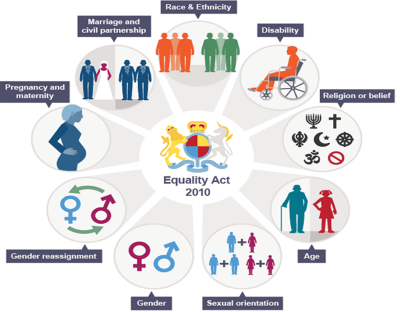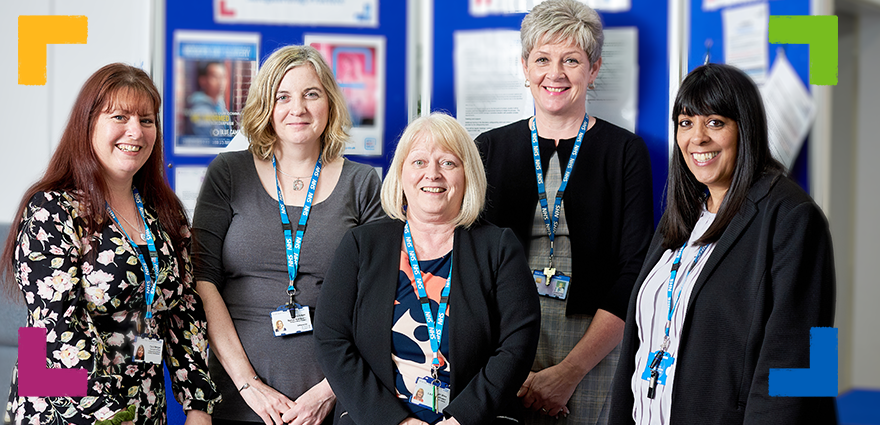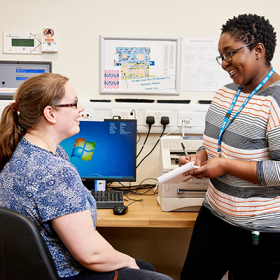Equality, diversity and inclusion
What is equality and diversity?
Equality is about creating a fairer organisation in which everyone can fulfil their potential.
Diversity is about recognising and valuing difference in its broadest sense.
As a Trust we must continuously improve and develop our services. Using inclusive approaches to communication, involvement and engagement. By working with our local communities, we will develop services that are person-centred, culturally sensitive and appropriate and better than they were before.
As a Trust, we must continuously improve and develop our services. Using inclusive approaches to communication, involvement and engagement. By working with our local communities, we will develop services that are person-centred, culturally sensitive and appropriate and better than they were before.
Meeting our statutory responsibilities:
- Helping create a culture of equality, diversity and inclusion
- Supporting compliance with the Equality Act
- Making sure we are meeting the Public Sector Equality Duty
- Ensuring we meet our obligations set out in the NHS Constitution
- Support compliance with the Accessible Information Standard
The Equality Act was introduced in 2010 and the main aim of the legislation is to protect our employees and service users/patients from discrimination irrespective of their protected characteristic i.e. age, disability, gender reassignment status, marriage or civil partnership, pregnancy or maternity, ethnicity, religion or belief, sex or sexual orientation.
Our general responsibilities are to have due regard to the need to:
- Eliminate discrimination, harassment and victimisation
- Advance equality of opportunity between people or different groups
- Foster good relations between people or different groups
9 protected characteristics
The first 9 protected characteristics listed below have been defined by the Equality Act 2010. Carers are not a protected characteristic under the Equality Act, however, the Trust has identified carers as a group of people who need to be considered. 
- Age
- Disability
- Race
- Religion and Belief
- Maternity and Pregnancy
- Marriage and Civil Partnership
- Sex (gender)
- Gender Reassignment
- Sexual Orientation
- Carers
Page last updated on:


